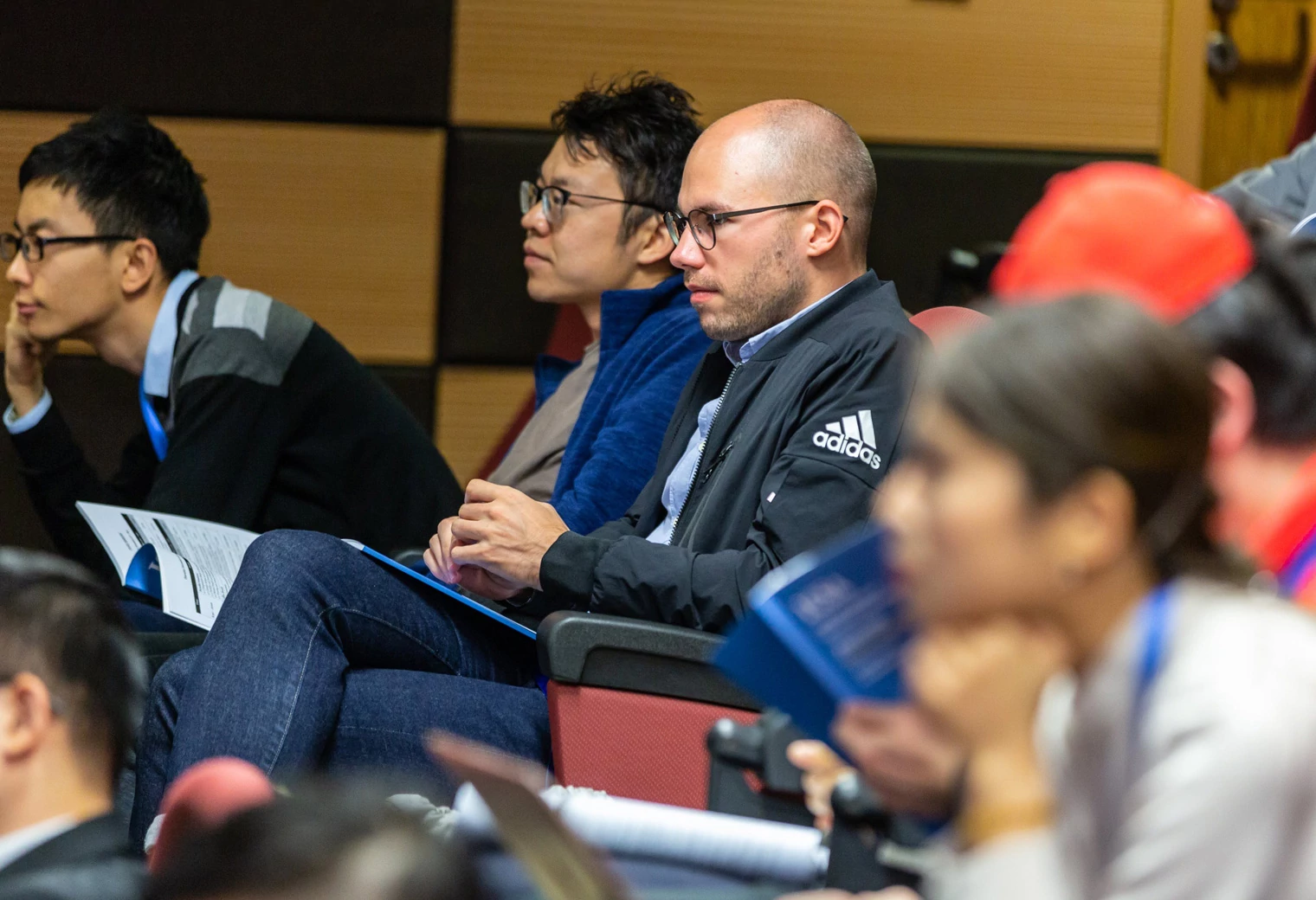As it exists in most parts of the world, the traditional language classroom tends to be very teacher-centered. This means that the teacher is the center of attention for most of the activity that goes on in language lessons, and students follow what the teacher wants them to do, often repeating what they say, or giving individual answers for confirmation or correction by the ‘expert’ standing at the front of the room.
However, on initial training courses such as the Trinity CertTESOL or Cambridge CELTA, we recommend that teachers take more of a back seat favoring the learners and their interaction.
Developing a more student-centered approach is beneficial to student engagement, confidence, critical thinking, the quality and quantity of practice that learners get from classroom activities, and the overall language development.
These courses encourage you to develop a rapport with learners, to be able to engage them on a more personal level, finding out about their interests, needs, strengths, and weaknesses, which in turn informs you about the best teaching choices to make when you are teaching them.
Why focus on the learner?
A common criticism of observed lessons at an early stage of trainee teachers’ development is that they contain too much teaching and insufficient learning. In other words, the more a teacher teaches, the more dominant they are over the interaction and language use that happens in the classroom.
This dominance restricts learners in many ways, from their thinking about the language they want to use to the words that come out of their mouths in response to different tasks. This dominance can be broken if new teachers reconsider their roles not as dictators but as facilitators.
A good facilitator will do just enough to prompt communication from their learners, giving the stimulus and setting up classroom situations in which learner language naturally flows towards the topics and structures that focus on the lesson. This is the essence of student-centered learning, and engagement levels and learner motivation increase as a result.
How can you focus on learners during the course?
Initial training courses build in this focus on learners and their learning in several ways: both the CertTESOL and CELTA contain assessed assignments that aim for you to construct a profile of a learner or class, thinking about their motivations, interests, and reasons for studying English, as well as their strengths and weaknesses in different areas of language. The Trinity CertTESOL emphasizes this important area through the challenging (but very rewarding) Learner Profile assignment.
In this assignment, trainees must perform an in-depth needs analysis of a learner based on research into their first language, a recorded interview and formal tests of speaking, listening, reading, and writing. The assignment requires trainees to analyze the learner’s strengths and weaknesses and put together a plan of study based on the information gathered, including a taught (but not observed) one-to-one lesson planned around the needs they prioritize learner at that stage of their study.
The CELTA course contains a similar, though less heavily weighted, assignment, which allows trainees to meet, interview, and analyze the needs of a learner that they teach. These assignments develop a very useful skill-set, which will be invaluable for your future teaching career. It will enable you to identify and target specific needs in learners from different language backgrounds and design teaching to fit them.
Other ways of finding out what makes your learners tick
In addition to formal assignments, there are many other opportunities to find out about the learners you teach and address their language needs. At various points during the course, you will be observing others teach, and therefore different groups of students learning in real lessons.
You will have the opportunity to watch trained and experienced teachers (perhaps the tutors on your course) teach and how learners respond to them during lessons. Take notes about successful methods and positive moments from these classes, and speak to students about how they feel after the lesson. Focus on the moments you highlight for attention and determine why the learners reacted in the way they did. This will enable you to rationalize similar teaching choices in your own lessons and develop techniques that will positively affect the learners in your classes.
Another way of finding out about your students is to spend some time with them outside of class. During a break, before or after their lesson, take some time to listen to how they talk to each other and notice any language gaps, common topics of interest, or questions that come up.
Listening to students talking with each other is the best way of finding out their real communicative needs, what motivates them, and how they approach their studies.
Conclusion: Finally, do not feel that your job starts and ends with your position at the front of the class, telling students what to do. Monitoring student activity while working, during tasks, discussions, or other activities, is the best way to find out how they are progressing in the specific areas you are teaching in class.
While they are working, walk around unobtrusively behind students, spy on them from across the room, and look at what they are writing. Take a note-pad with you to write down any issues that you notice and either pick them up after the activity finishes or plan to do some work with them in a future class. Monitoring is often a directly assessed part of your observed teaching practice, so do not let this valuable opportunity to find out about your learners getaway.
However, you approach your students; the most important thing to remember is not to be selfish with the class time you have with them. Despite what we might like to think, teaching does not equal learning, and too much input from the teacher can be a bad thing. Step back and listen, and you will discover more about what your students need, making your teaching more relevant to them in the future.





